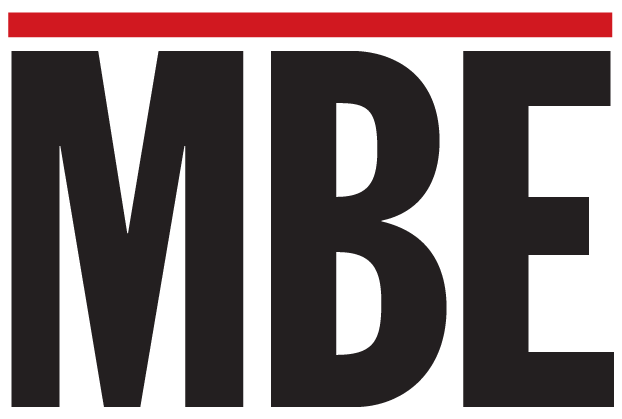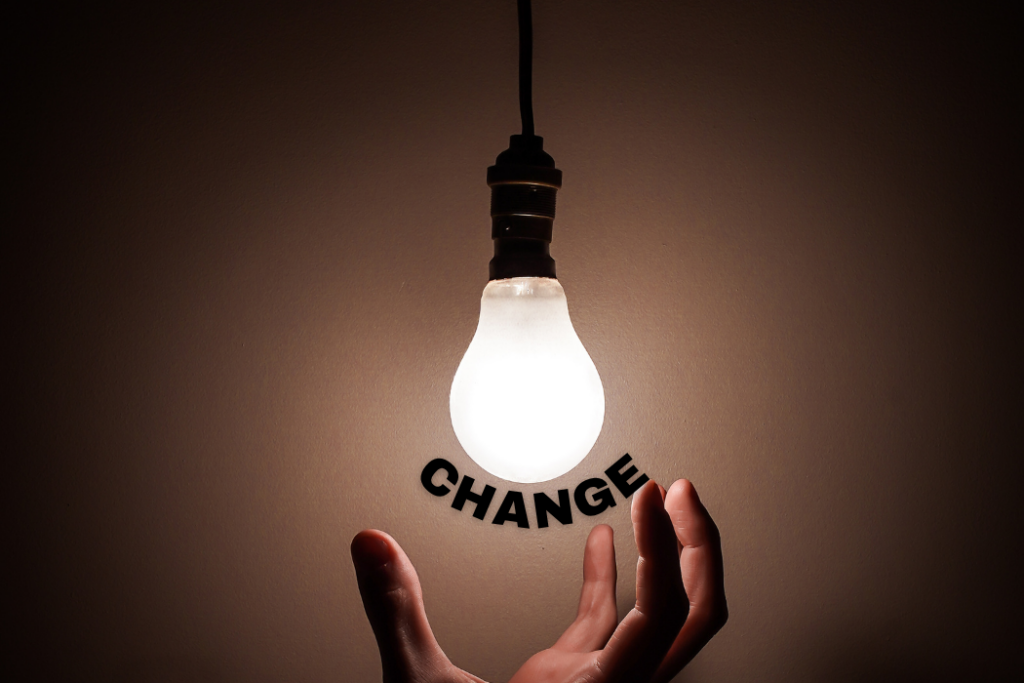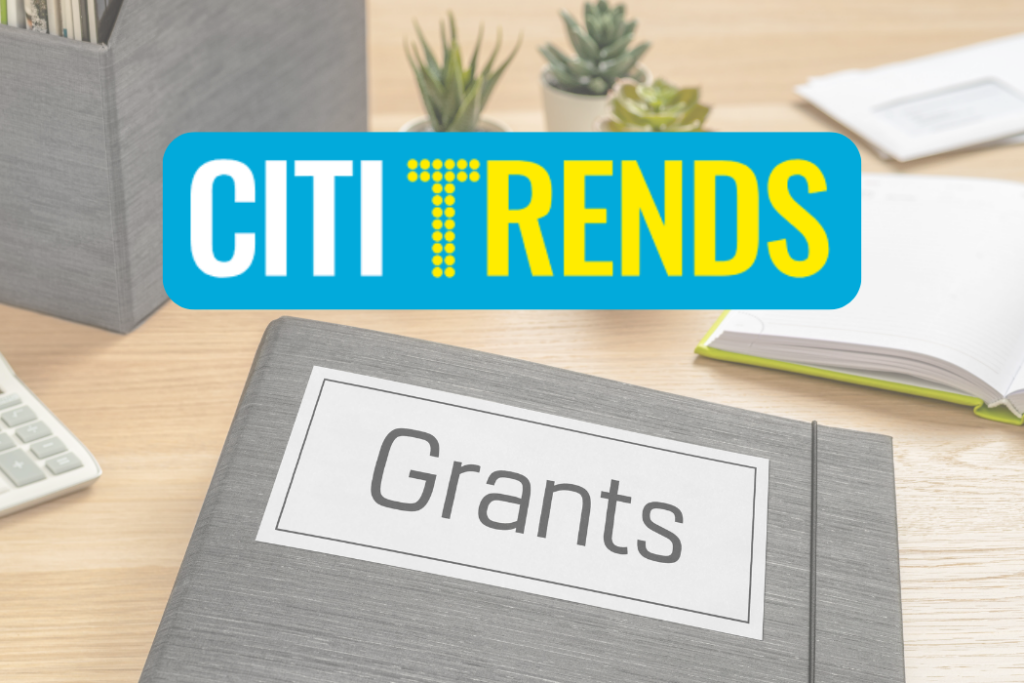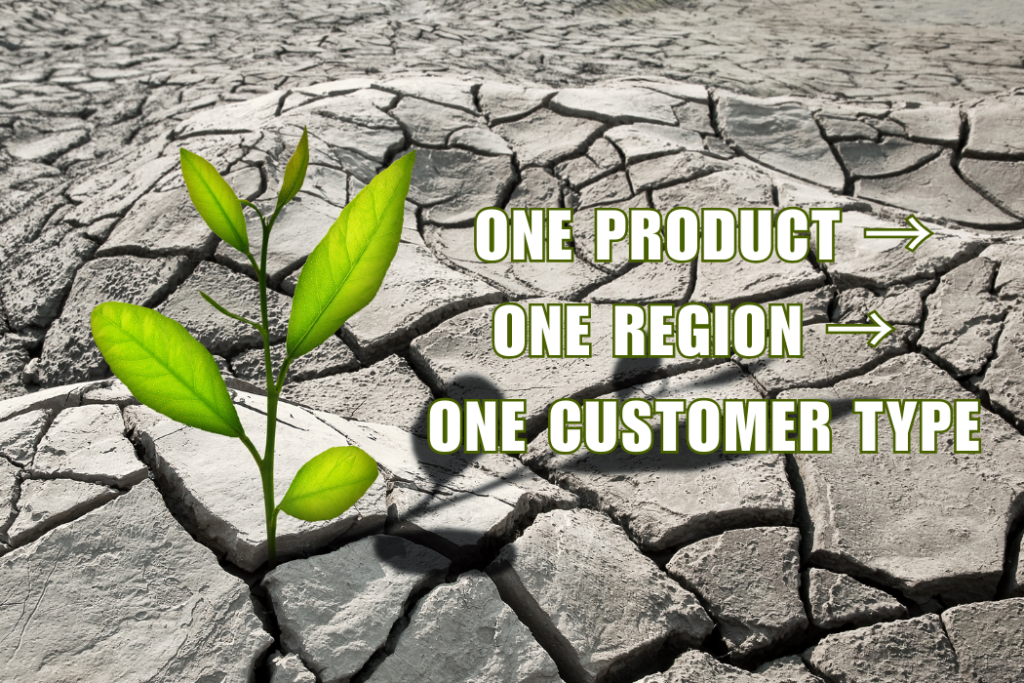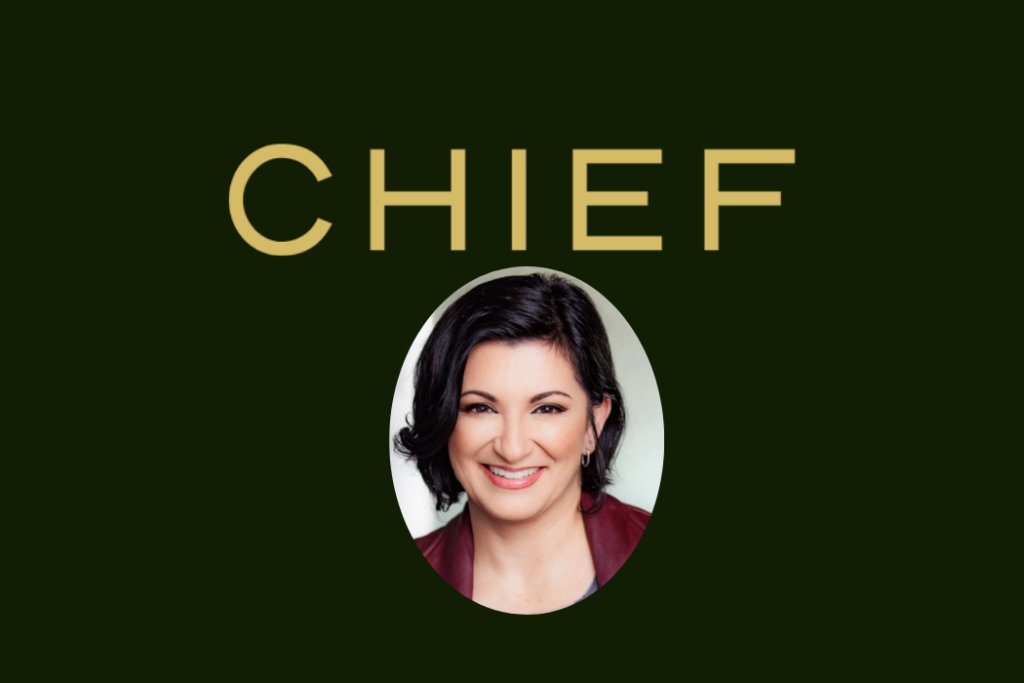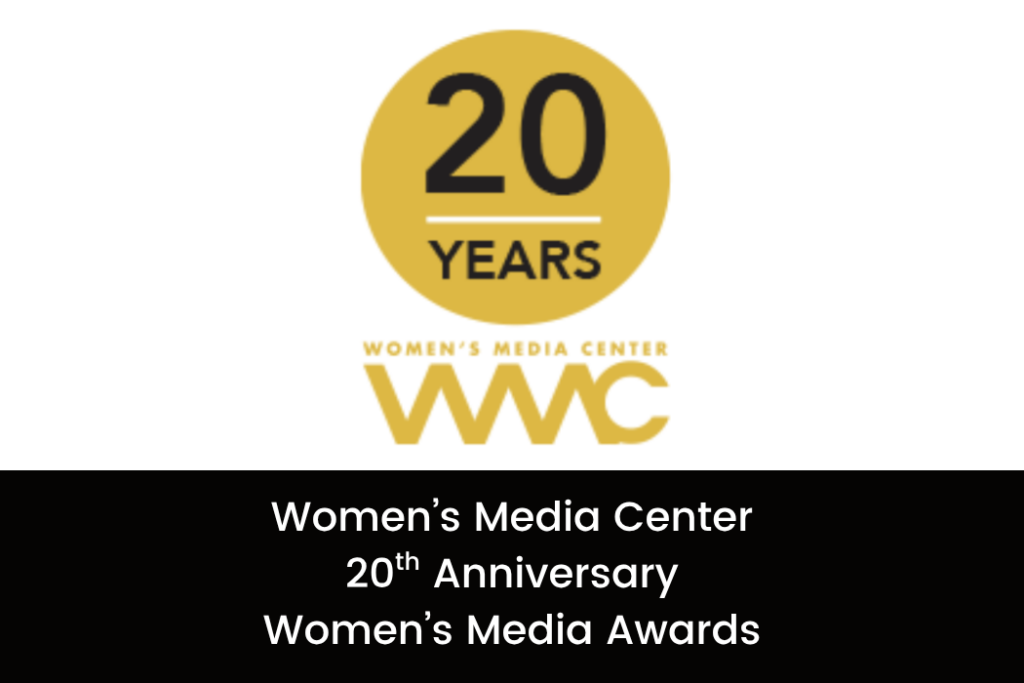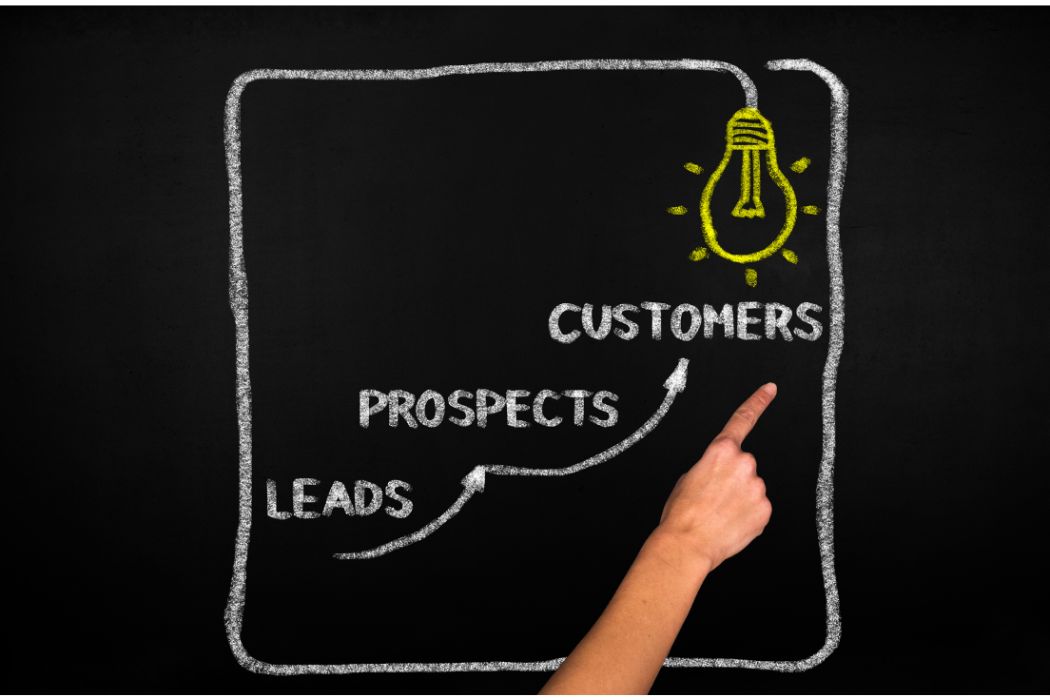
“Work smarter, not harder” is the overriding mandate in the marketing world―once sage advice, now a universal corporate edict. Budgets are smaller. Tactics that guarantee measurable results are the new default. The need to maximize every minute of your time and dollar of your spending allotment is paramount.
Against this backdrop, the fundamentals of digital marketing still hold true. Demand generation as a precursor to lead generation represents the best path to lead potential customers from awareness to conversion. However, yesterday’s most popular methods of generating demand and leads might not be enough to satisfy today’s budget and deadlines.
Take social media. Brands have long been eager (some overeager) to make a big splash on various platforms. Dedicated social media teams have expanded. The quantity of social marketing content took precedence over quality.
Now, brands are rethinking their approach to quality and quantity on social media platforms. Instead of scheduling more posts in hopes that one will gain attention, the focus is on maximizing the impact of fewer posts so they can stand out in a crowded field.
Integral to this re-think is deciding which platform is best for your organization’s social media spend. LinkedIn has gained a solid reputation as the best platform for B2B demand and lead generation. Its internal metrics allow a company to track who is consuming which kinds of content, then sort that consumption by job title or function ― a useful tool for targeting future advertisements to users with equivalent titles or functions at other organizations.
Another integral strategy is taking advantage of multiple forms of content. Different people like to take in their information in different ways. Longform content and video content are both essential. Here too, LinkedIn takes the cake. Any kind of paid ad (image, text, video) can be re-targeted on LinkedIn if a user has seen that ad. On Facebook, an ad can only be re-targeted if the user has watched a video.
Re-targeting can also be limited to exclude certain LinkedIn users from seeing an ad―for example, those who have already provided their email address to your database. This limits the odds of your existing customers and clients receiving the same message twice.
From there, the move from demand generation to lead generation is frictionless. Customers and clients in the consideration phase might not want to give up their contact information, but they are more likely to follow your organization’s LinkedIn page―a halfway step toward securing the lead.
In a time- and budget-conscious marketing environment, LinkedIn presents an attractive solution for generating both demand and leads and measuring the success of any social marketing campaign.
